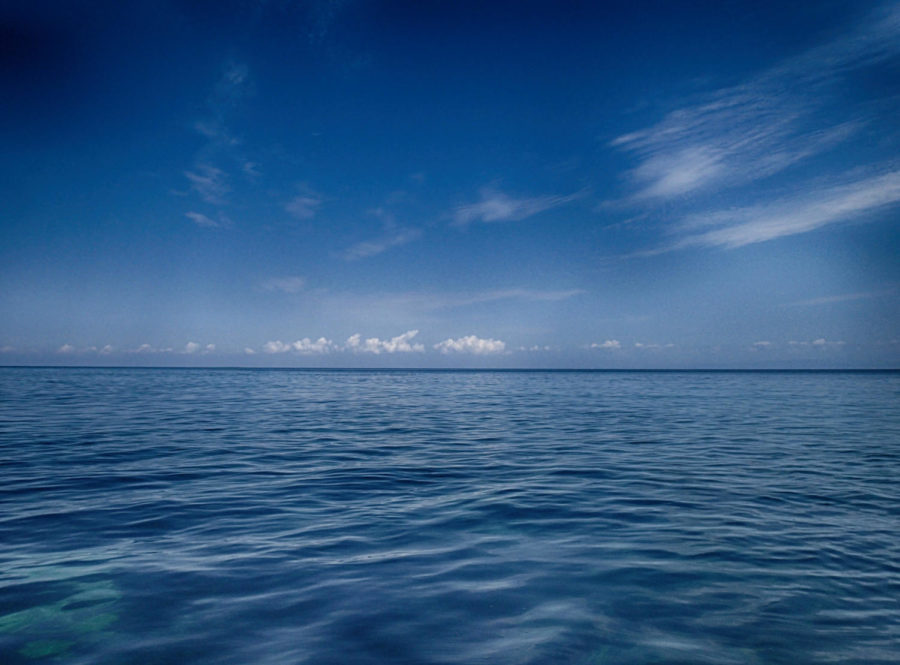The Unexplored
February 3, 2023
Our Earth consists of vast oceans making up 71% of the world. There are still lots of unexplored depths to be discovered which the National Oceanic and Atmospheric Administration is working hard to do.
The oceans cover up 71% of the Earth making the other 29% covered by land. The ocean does wonders for the human race. It helps to feed us, control our climate, transport us and produce most of our oxygen. With the lack of technology, researchers have not yet to find a way to explore the depths of the ocean without getting into trouble with the immense amount of pressure that forms when going deeper underwater. They have relied on the technology of sonars to map out what the ocean floor would look like, but have only mapped out about 10% of the seafloor.
In the Pacific Ocean, the Mariana Trench is said to be the deepest ocean being called the “Challenger Deep” which is at 35,814 feet below sea level. It was discovered using 5-inch thick steel walls on a U.S. Navy submersible to stop eight tons of pressure per square inch which is like “2365 pounds sitting on a person’s fingernail” according to Katie Lange.
The Navy provides funding for dives like this. Lange says that the Navy has funded nearly 90% of all oceanographic ventures to study life at such depths, and how temperature and pressure work together in the environment.
Oceanography consists of a lot of different topics which include the study of marine wildlife, ecosystems, geography of the ocean and the chemical/physical possessions of the ocean. Oceanographers and Marine Biologists both study the ocean. They do what Wildlife Biologists and Zoologists do, but for Marine Wildlife. Many different Oceanographers do different things whether it’s mapping out the ocean floor or studying the chemical composition of different parts of the ocean. Marine Biologists also do the same things as them, but study the marine organisms’ characteristics, physiology and history. The difference is that one studies the non-living physical part of the ocean while the other studies the living side of the ocean.
The majority of the ocean is still yet to be discovered: more than 80% of the ocean has not been mapped or explored. According to National Geographic, a larger percentage has been mapped about the moon and Mars than our oceans. It is still unknown how many more species are living in the oceans, but scientists believe there are millions of species to be discovered with the current number being around 226,000.
As for the future, the ocean has been exposed to climate change and human input, negatively impacting the organisms in it. The oceans provide most of the trade routes and are a source of jobs for many so it is in the best interest to minimize or try to eliminate the amount of damage we are doing to the oceans to keep the future of our oceans healthy. Exploring the oceans fully can unveil new resources that could greatly help the future of the human race with new technology and discoveries that impact us in a good way. This information can help us better understand our planet and how we affect it and how it is affecting us.




